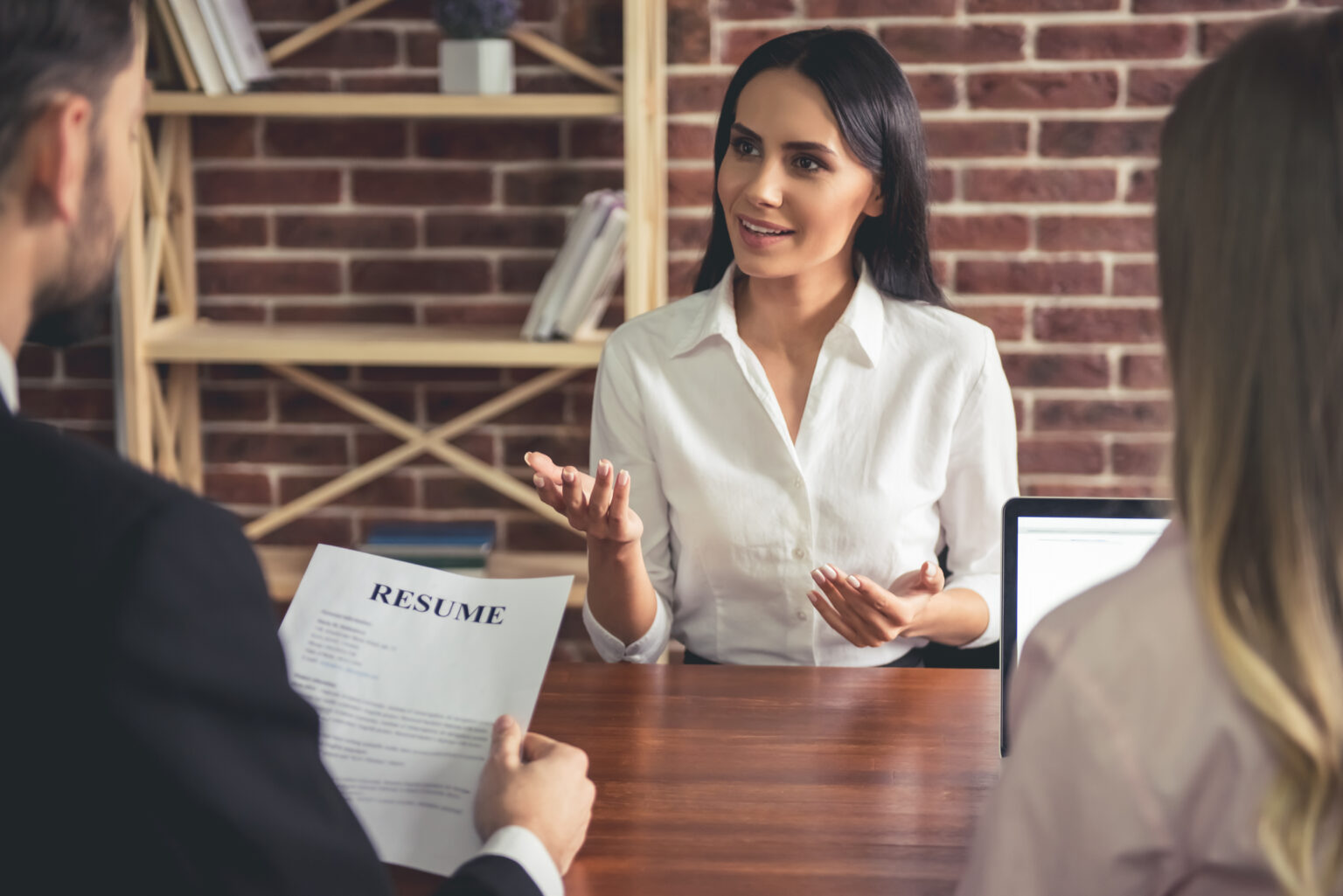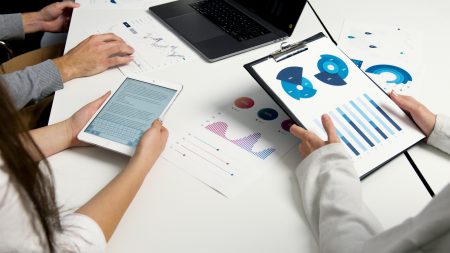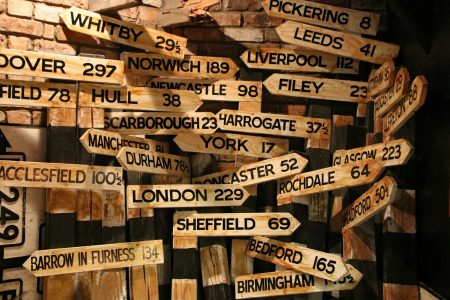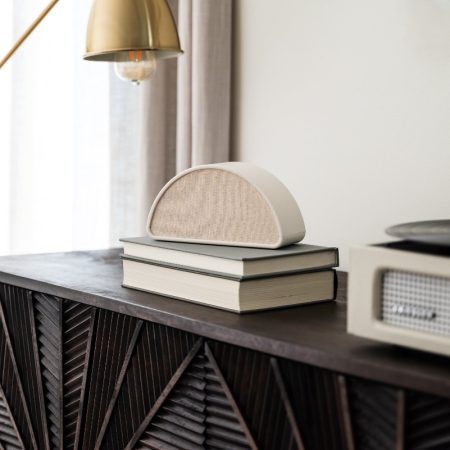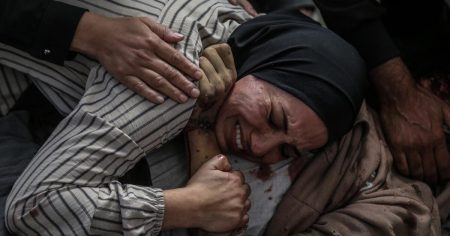One may find it contradictory when approaching the task of selecting attire for a job interview. On the one hand, the significance of an outfit should be considered, as well as the importance of showcasing one’s professional skills and qualifications. An individual’s ability to articulate their experiences, display their knowledge, and convey their personality should ideally be at the forefront of any interviewer’s mind. The outfit chosen should serve as a complementary backdrop that enhances the interviewee’s confidence and comfort, allowing their professional merits to shine.
On the other hand, there remains a need for the interview attire to be carefully considered—straying neither into the realm of excessive casualness nor overly flamboyant formality. The goal is to strike a balance that reflects one’s understanding of the company’s culture and the position’s requirements. Tailoring one’s appearance to be tidy, professional, and aligned with industry norms can reinforce an applicant’s interview preparedness. This balance helps to ensure that their mental energy is focused on the conversation rather than their sartorial choices during the job search process.
Significance of Appropriate Attire During an Interview
The Impact of Initial Perceptions
Wearing the proper clothing for an interview creates a powerful introductory image. The attire you select can influence the interviewer’s immediate perception, establishing the groundwork for the meeting ahead. Being visually polished sets a professional tone from the moment you enter.
Reflecting Assurance, Regard, and Meticulousness
An interviewee’s sartorial choices can indicate their commitment to the role and their cognisance of the workplace culture they aspire to join. More than just showing earnestness, appropriate outfitting can also bolster one’s self-assurance, heightening one’s presence and the gravity with which they are received.
Creating a Subtle Backdrop for Personal Qualities
Your dress sense should aim to present a composed, self-assured, and professional appearance that does not overshadow your competencies and character. Your attire should facilitate the spotlight on your abilities and the unique attributes you bring to the table, allowing the potential employer to focus on what truly matters—your suitability for the position.
Appropriate Attire for Interviews
Selecting Your Ensemble
A classic black dress or suit can be an excellent foundation for a professional look for most interview scenarios. It’s versatile and can be modified with different accessories to fit various workplace environments, whether laid-back or more traditional. A well-chosen black ensemble can be suitable for multiple functions, from interviews to formal meetings and dinner events.
Attire Refinements
The optimal length for a dress in a professional context tends to be at the knee, with long sleeves being a standard choice, except in warmer seasons, when short sleeves are acceptable. To tailor the look for the specific job or industry, consider whether a more relaxed presentation is appropriate—perhaps lighter trousers with a blouse, or, for very formal settings, a classic shift dress or trousers in dark tones.
Hair for Interviews
The expectation for hair styling in interviews has evolved; every style is considered the standard. What’s essential is that the hair appears well-groomed and intentional—whether worn down or styled up. Ensuring hair is neat, free of distractions, and adds to one’s polished appearance is critical.
Personalising Your Look
The focus is on personal comfort and confidence in your attire choice, which is critical for optimal self-presentation. Do you need to be more partial to dresses? Sophisticated trousers paired with a bright shirt can be an alternative. If heels are not preferred, polished, flat footwear such as loafers can complete the look effectively. The priority should be that what is worn feels right and boosts confidence, which will invariably enhance overall performance.
Commonly Raised Questions
Appropriate Interview Attire for Women
For women, a business suit with trousers or a skirt is a solid choice, ensuring it’s well-tailored and professional. Intelligent, conservative dresses can also be acceptable. The key is neatness and subtlety in colours, avoiding overly bright or bold patterns.
Suitable Job Interview Clothes for Men
Men should consider wearing a suit with a tie for formal roles. A blazer and smart trousers can be acceptable for less formal interviews. The aim is to appear polished and professional, focusing on subdued colours and well-fitted clothing.
Interview Clothing Recommendations for Teenagers
Unless otherwise specified, teenagers should opt for a bright, casual look. A button-up shirt or blouse, combined with trousers or a skirt, is advisable. Clothing should be clean and ironed to avoid appearing cluttered.
Items to Take to an Interview
- Identification: Passport or driving licence
- Copies of CV: At least two copies
- References: Contact details if asked
- Notebook and pen: For taking notes
- Portfolio: Only if relevant to the job
Wearing Jeans to an Interview as a Woman
Jeans are generally not recommended for interviews due to their casual nature. However, dark-wash jeans with a bright top might be permissible if the company culture is exceptionally casual. When in doubt, opt for more formal attire.
The Significance of Dressing for an Interview
Attire at an interview can significantly influence first impressions. It indicates professionalism and respect for the company and the role, demonstrates attention to detail, and can bolster confidence. However, qualifications and experience remain paramount.


